The power of small drones in humanitarian demining
HI will attend the International Meeting of Mine Action National Directors and United Nations Advisers on 22 and 23th of June 2023 in Geneva.

Caption: John Fardoulis from our partner, Mobility Robotics, in Iraq. | © J.Fardoulis / HI
At this meeting, we will be presenting our most recent findings on the use of small drones in the land release process.
5 years of trials and lesson-learning
Since 2018, HI and Mobility Robotics have been developing a unique approach to demining operations: the use of drones. Working together in countries including Chad, Iraq, Lebanon and Syria, they have conducted hundreds of trials in contaminated areas, and mapped millions of square meters of minefields worldwide.
“It is a step-by-step approach. There is no such thing as a generic minefield, so we have to adapt and design our methodology according to the local context and challenges. As an intrinsic part of land release operations with the deminers on the ground, we are able to fine-tune our approach and add value in real-life scenarios, helping to boost the efficiency of clearance work.” Xavier DEPREYTERE, Innovation project manager
In 5 years, HI and Mobility Robotics have already mapped more than 25 million square meters of hazardous areas. The drones used can be programmed to help create very high-resolution visual maps, often one hundred times more precise than those produced using civilian satellite imagery.
“We take photos and videos remotely to help deminers inspect inaccessible locations and identify hazards on the surface. We create high-resolution maps to look for signs of contamination, such as craters or traces of landmine accidents involving animals or vehicles.” Xavier DEPREYTERE, Innovation project manager
These very precise aerial images allow clearance experts to make quick and informed decisions and begin operations rapidly in a much safer environment, while the mapping speeds up the release of cleared areas to conflict affected populations.
With this unique expertise, HI and Mobility Robotics are now collaborating with and training other international and national mine action operators on this methodology so that it can benefit the highest possible number of conflict-affected communities across the world.
New technology for new types of contamination?
Contamination by explosive ordnance has changed considerably in recent years. In some conflicts, contamination is increasingly located in urban areas as a result of systematic and heavy bombing campaigns. Improvised explosive devices (IEDs) are also a growing threat for the local population in countries like Ukraine, Iraq and Syria, and HI clearance teams have had to adapt their methodology to this new threat.
We have seen high numbers of mine casualties - including improvised explosive devices and explosive remnants of war – over the last seven years, according to the Landmine Monitor 2022. The Monitor recorded 5,544 casualties in 2021, 75% of them civilians. In 2022, the Action On Armed Violence (AOAV) reported some 20,793 civilian casualties of explosive ordnance, representing a 83% increase in global explosive violence harm to civilians between 2021 and 2022. This huge increase is linked to the conflict in Ukraine.
“In many countries, like in Syria, Iraq, etc., the diversity of the contamination is staggering.” Xavier DEPREYTERE, Innovation project manager
More than 25 years since the adoption of the Ottawa Treaty 1997, there is a need to speed up clearance and boost financial support to humanitarian mine action.
HI is currently conducting clearance operations in Senegal, Colombia, Iraq, Syria and Laos. We would like to thank our financial partners, the German Federal Foreign Office and Netherlands Ministry of Foreign Affairs, for their trust and support in funding such innovation.





